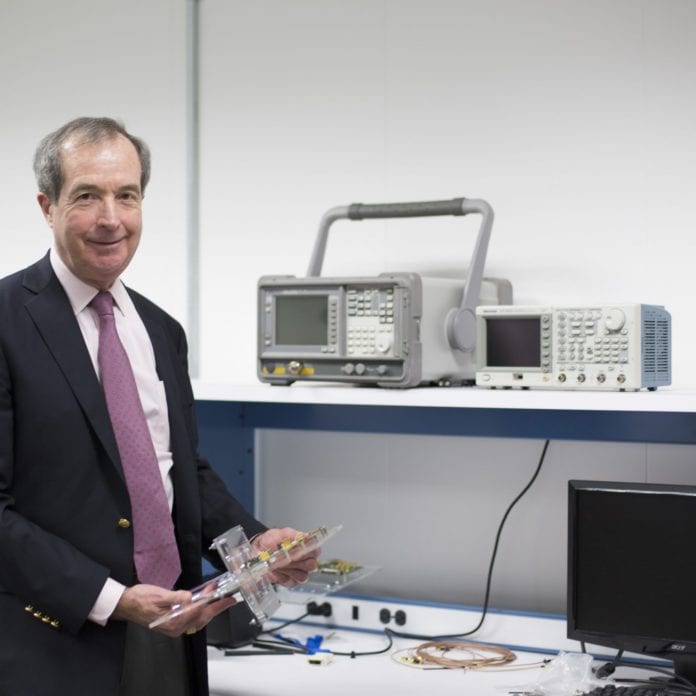Massive MIMO is key to Sprint’s 5G and LTE strategies
Sitting in his office on the ninth floor of New York University’s Tandon School of Engineering, Tom Marzetta reflected on his research at Nokia Bell Labs that paved the way for commercially-available massive multiple-input, multiple-output (MIMO) radios. In fact, across the Brooklyn Bridge in Manhattan, Sprint has deployed massive MIMO radios manufactured by Nokia to deploy 2.5 GHz spectrum in support of both LTE and 5G services.
“It’s what every researcher dreams of,” Marzetta, director of the NYU Wireless program and a distinguished industry professor with Tandon’s Electrical and Computer Engineering Department, told RCR Wireless News in an interview. “It’s happening.”
He recalled joining Nokia Bell Labs in 1995 and “the very first day on the job,” discussing MIMO with one of the technology’s pioneers, Jerry Foschini. “I thought, this is the place to be,” Marzetta said. “This is a supremely important invention and I hope I can someday do something remotely approaching this importance.”
In the early days of his research, Marzetta said the idea of massive MIMO was “hugely radical” in that electronics would be located close to the antennas. “Traditionally, you had all the power amplifiers on the ground and all these coax cables as thick as your wrists taking the signals up to the tower tops.”
Some of the problems that had to be worked through included multiple antennas requiring multiple transmit and receive circuits in handsets; rapid battery depletion; tricky line-of-sight requirements and drop-off around the cell edge.
“This was around the year 2000,” Marzetta said. “I spent four or five years thinking of alternatives. It didn’t happen overnight. It wasn’t just a quick flash. The other thing, of course, is I couldn’t have done this work anywhere else but Bell Labs. I had bosses who were willing to have their subordinates do very risky, long-term research. And they backed it up.”
Sprint is the operator most closely associated with massive MIMO. The carrier used the technology to deploy 5G service in nine markets while also using the same infrastructure to improve its LTE network. Using 64T/64R antennas, Sprint uses a technology called E-UTRAN New Radio–Dual Connectivity (ENDC or, more simply, dual connectivity) to simultaneously transmit LTE and 5G NR signals in the same frequency, 2.5 GHz in this case.
Speaking in August at NYU wireless during a launch event for Sprint’s 5G network in New York City, CTO John Saw analogized the complexity of using massive MIMO for both LTE and 5G. “You’re blasting two different technologies…and your phone has to consolidate the two signals and combine them, and get it right. That is really hard to do, as we learned. It’s like trying to catch two fly balls at the same time, with one glove, and do it correctly a billion times a second.”
In a 2015 paper titled, “Massive MIMO: An Introduction,” and published in the Bell Labs Technical Journal, Marzetta described the benefits of massive MIMO as it relates to 5G.
“Demand for wireless throughput, both mobile and fixed, will always increase,” he wrote in the abstract. “Massive MIMO…is a promising candidate technology for meeting this demand…A multiplicity of physically small, individually controlled antennas performs aggressive multiplexing/demultiplexing for all active users, utilizing directly measured channel characteristics…Massive MIMO is a brand new technology that has yet to be reduced to practice.”
Nokia made massive MIMO radios commercially available in February 2017. Jump to 2019, and massive MIMO, as Marzetta put it, is “very much developed. It’s already achieving commercial realization.”

